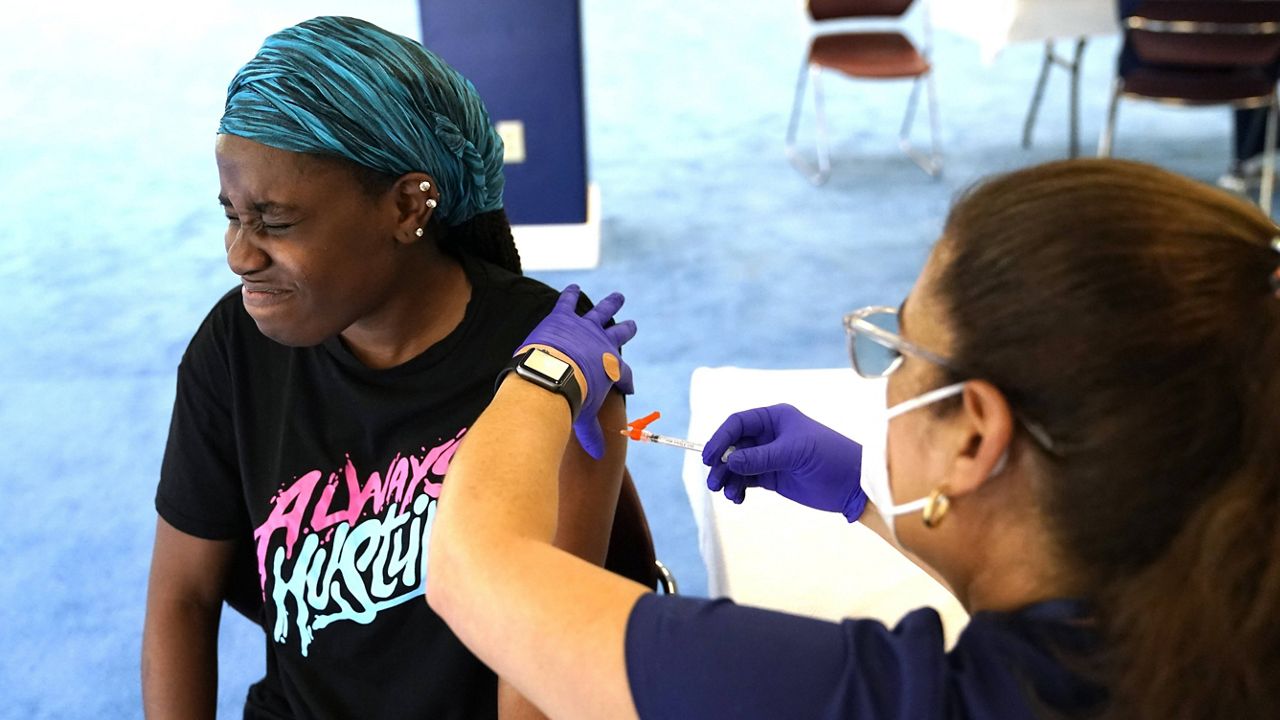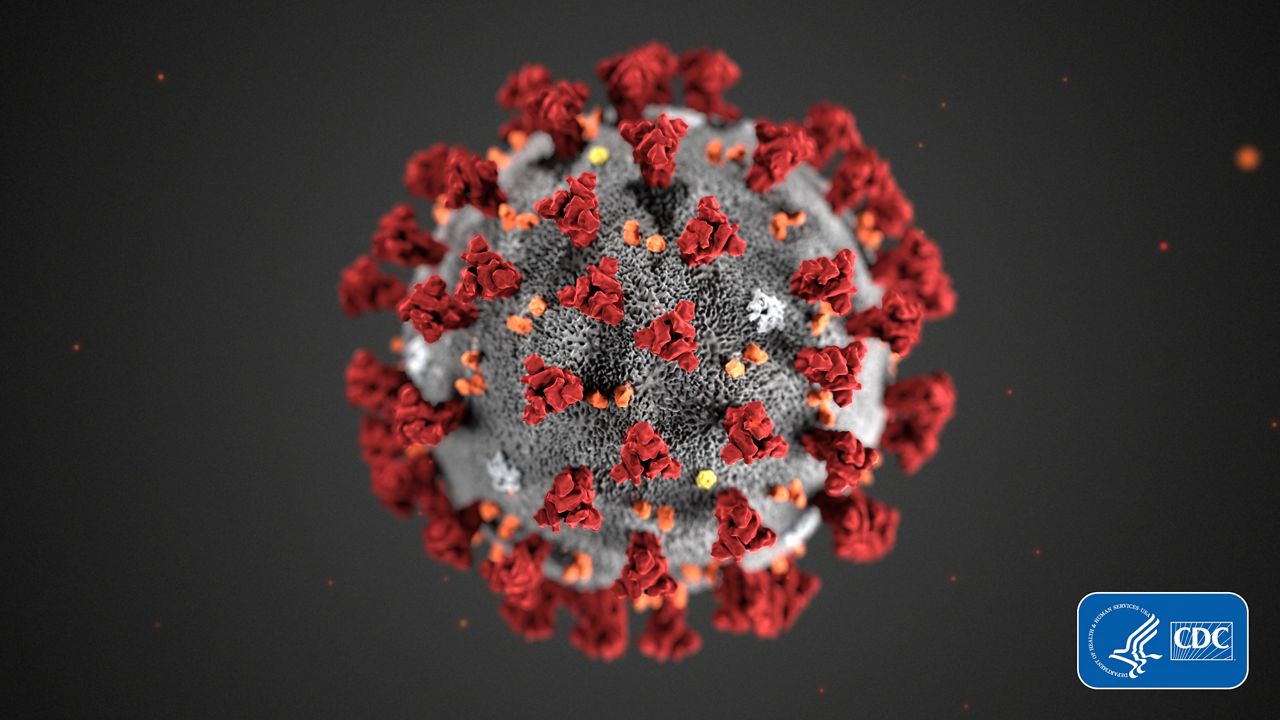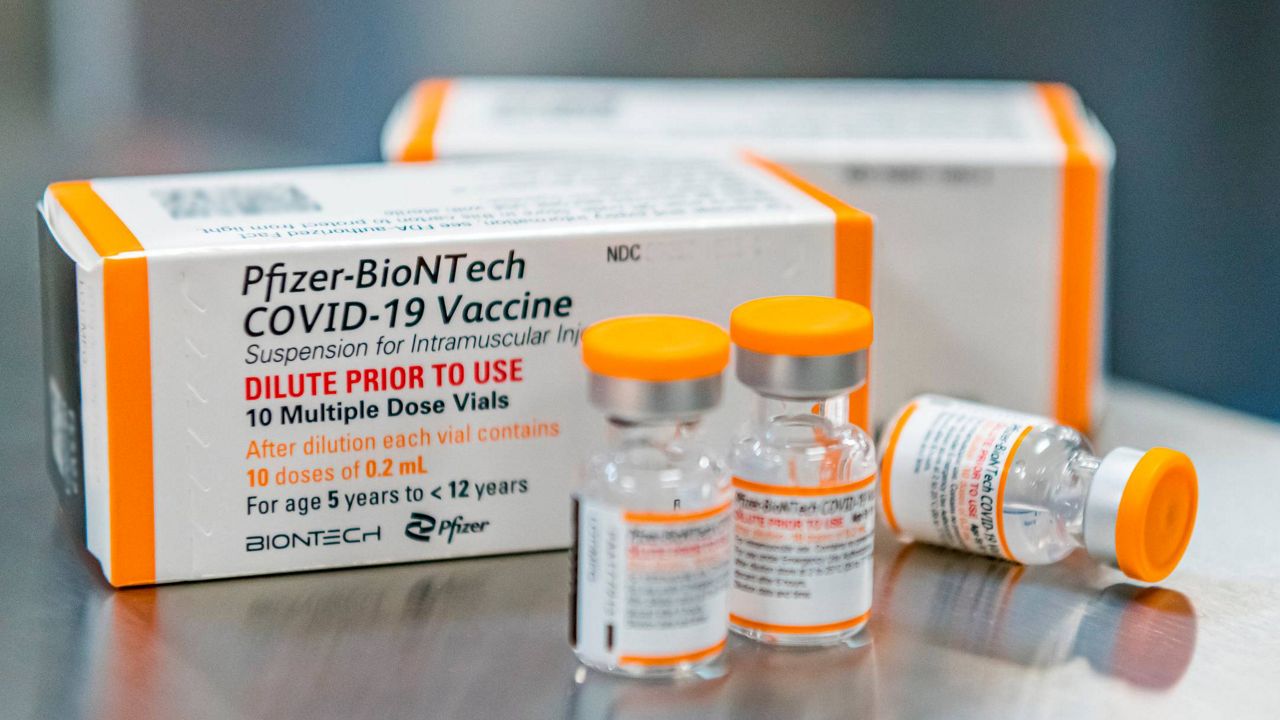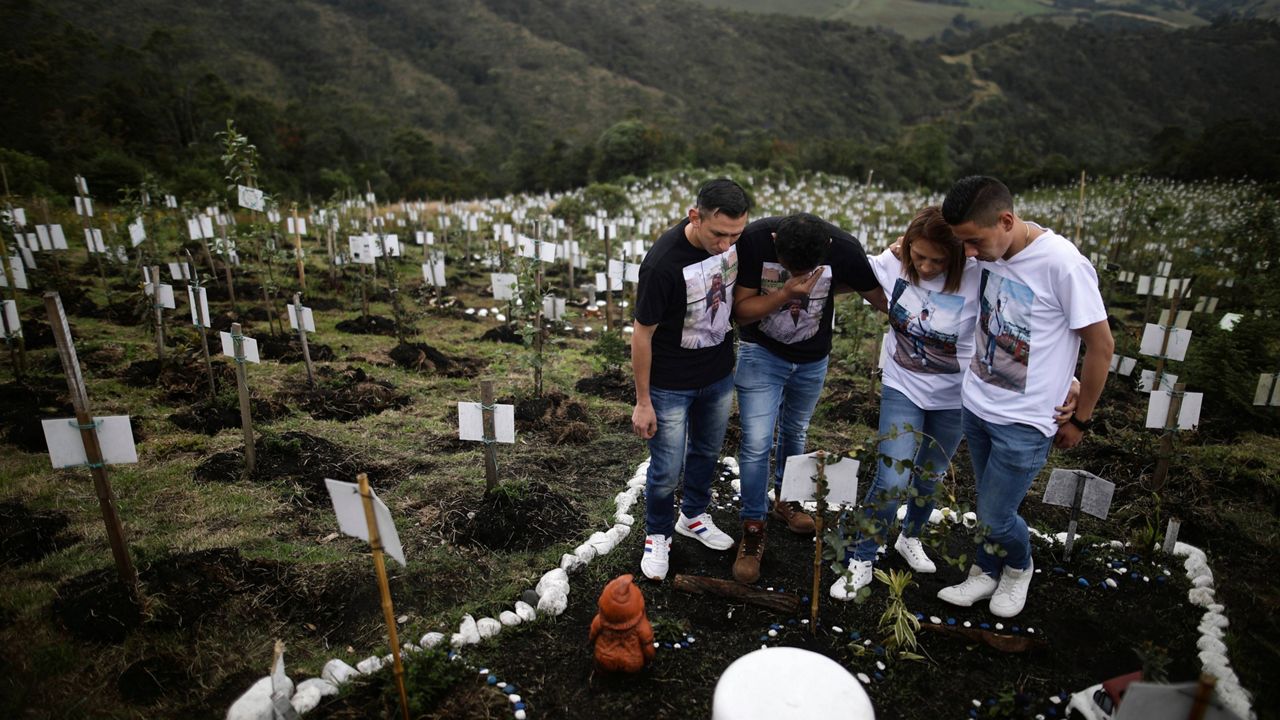The gap between white Americans and minority groups who have been vaccinated for COVID-19 has been virtually erased, according to data released Tuesday by the Kaiser Family Foundation.
What You Need To Know
- The gap between white Americans and minority groups who have been vaccinated for COVID-19 has been virtually erased, according to data released Tuesday by the Kaiser Family Foundation
- According to the health-policy think tank, 71% of white adults have received at least one vaccinate dose, compared to 71% of Black adults and 73% of Hispanic adults
- In May, the disparity between white and Black adults was 9 percentage points (65% to 56%); meanwhile, Hispanic adults, who were 57% vaccinated four months ago, have surpassed white adults
- At Tuesday’s White House COVID-19 response team press briefing, Biden administration officials celebrated the numbers
According to the health-policy think tank, 71% of white adults have received at least one vaccinate dose, compared to 70% of Black adults and 73% of Hispanic adults.
In May, the disparity between white and Black adults was 9 percentage points (65% to 56%); it’s now down to 1. Meanwhile, Hispanic adults, who were 57% vaccinated four months ago, have surpassed white adults.
At Tuesday’s White House COVID-19 response team press briefing, Biden administration officials celebrated the numbers. The administration has made vaccination equity a focal point using tools such as community health centers and mobile vaccination sites to make the shots more accessible to minority communities while leaning on faith leaders and community organizations to help spread the word about the vaccines’ safety and effectiveness.
“The Kaiser data clearly show that our relentless focus on advancing equity and ensuring our response reaches the hardest hit communities and those most at risk has closed the gaps in racial and ethnic vaccination rates,” said Jeff Zients, the White House’s COVID-19 response coordinator. “We know our work isn't done, but this is important progress.”
Dr. Marcella Nunez-Smith, chair of the White House COVID-19 Health Equity Task Force, said reasons for the past disparity included barriers to vaccine access and people’s concerns about the shots’ safety and efficacy, which were often rooted in misinformation.
The closing of the vaccination gap is “the result of intentional work to address those barriers, to address those concerns,” she said.
But Nunez-Smith spread the credit beyond the Biden administration, calling it an “all-of-society effort.”
She thanked employers who gave their workers paid time off to get vaccinated, child care providers that accepted drop-in visits while parents got inoculated, public transit authorities and ride-sharing services that offered free rides to vaccinations sites, businesses that volunteered to be used as sites, and those who encouraged others to get the shots, everyone from relatives to health care workers who made media appearances.
Nunez-Smith added that recent surveys by the Pew Research Center and the Centers for Disease Control and Prevention have yielded similar results to what the Kaiser Family Foundation data show.
“The weight of these and other recent studies, it's confirmation we've made important progress in increasing vaccination rates and and decreasing vaccination inequities,” she said.
But there are still glaring disparities between certain groups, the Kaiser data show. For examples, 90% of Democrats have received at least one vaccine shot, compared to just 58% of Republicans.
Meanwhile, 77% or urban residents are at least partially vaccinated, while just 62% of people who live in rural areas are. And 82% of college graduates have rolled up their sleeves, compared to 67% of adults without college degrees.
Nunez-Smith says the Biden administration has not given up on reaching those groups that are lagging behind and has been involved in discussions with people who might be more trusted voices within those demographics.
“We think everybody is worth that investment, trying to connect with them, and to make sure that they have the information,” she said.
Overall, nearly 184 million Americans — 55.4% of the population — have been fully vaccinated, and 213.7 million people — 64.4% — have received at least one shot, according to the CDC.
Two-thirds of all adults are now fully vaccinated, and three-quarters of eligible Americans 12 and older have received at least one dose.
The seven-day average for new infections fell to 95,228 Sunday, the most recent day when data are available. That’s the first time the U.S. has been under 100,000 cases a day since Aug. 3.
The number of deaths is also on the decline. The seven-day average was 1,332 on Sunday, the lowest it has been in a month.
Ryan Chatelain - Digital Media Producer
Ryan Chatelain is a national news digital content producer for Spectrum News and is based in New York City. He has previously covered both news and sports for WFAN Sports Radio, CBS New York, Newsday, amNewYork and The Courier in his home state of Louisiana.








